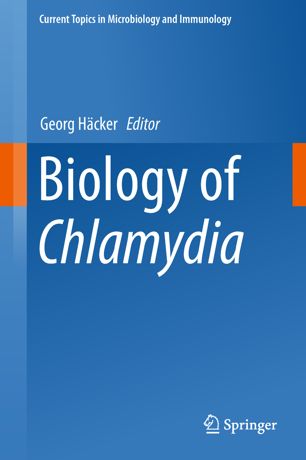

Most ebook files are in PDF format, so you can easily read them using various software such as Foxit Reader or directly on the Google Chrome browser.
Some ebook files are released by publishers in other formats such as .awz, .mobi, .epub, .fb2, etc. You may need to install specific software to read these formats on mobile/PC, such as Calibre.
Please read the tutorial at this link: https://ebookbell.com/faq
We offer FREE conversion to the popular formats you request; however, this may take some time. Therefore, right after payment, please email us, and we will try to provide the service as quickly as possible.
For some exceptional file formats or broken links (if any), please refrain from opening any disputes. Instead, email us first, and we will try to assist within a maximum of 6 hours.
EbookBell Team

4.3
78 reviewsThe genus Chlamydia encompasses a number of species of obligate intracellular bacteria, including important human pathogens like the most common bacterial agent of sexually transmitted disease. This volume reviews current knowledge of chlamydial biology, covering the unusual structure of the bacteria – which alternate between metabolically almost inactive and fast-dividing forms. It also discusses the ways in which Chlamydia manipulates the host cytoskeleton and subverts the host cell’s defence, and illustrates how genomics have begun to uncover the diversity and complexity of chlamydial strains that look very similar but may cause distinct forms of disease. Further, it describes how techniques are now finally being established that can genetically modify Chlamydia, and discusses why such modification is still very difficult and what progress we can expect. Lastly, it presents our current understanding of chlamydial disease: what do we know about chronic infections, what are the mechanisms of inflammatory damage, and what are the prospects of a vaccine? Written be specialists in these various areas, the book is a valuable work of reference for students and scientists with an interest in the molecular, cellular and immunobiology of these fascinating bacteria.